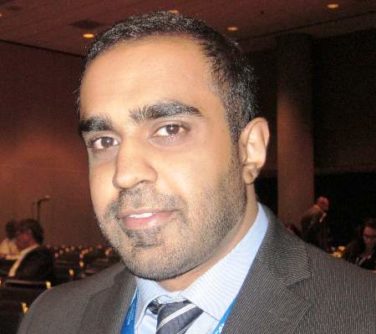EXPERT ANALYSIS FROM TERATOLOGY SOCIETY 2017
DENVER (FRONTLINE MEDICAL NEWS) – The Colorado experience with medical marijuana products for the treatment of pediatric epilepsy holds useful lessons for physicians in states where legal marijuana is a far more recent development, Amy R. Brooks-Kayal, MD, said at the annual meeting of the Teratology Society.
Medical marijuana has been legal in Colorado for nearly 20 years. But the drug’s potential role in treating intractable pediatric epilepsy started getting a lot more attention in 2013 when a CNN report by Sanjay Gupta, MD, chronicled a child’s remarkable turnaround in response to medical marijuana. The story triggered a migration to the state by what has been termed “marijuana refugees”: desperate families with children who had the most severe, complex, treatment-refractory seizure disorders, said Dr. Brooks-Kayal , professor of pediatrics and neurology and chief of pediatric neurology at the University of Colorado at Denver, Aurora.
Today, Dr. Brooks-Kayal and her colleagues at Children’s Hospital Colorado provide care for roughly 300 children on cannabinoids for refractory epilepsy. Back when the CNN story went viral, however, they were caught off guard by the patient influx. They weren’t familiar with medical marijuana, and they had to learn on the fly. They quickly discovered that there were, at that time, no reliable data on the safety, efficacy, pharmacokinetics, or drug interactions of medical marijuana products. And the products were not reliably standardized as to content, quality, or purity.
The situation, fortunately, has improved. There is now phase 3 randomized, double-blind, placebo-controlled clinical trial evidence of efficacy for an investigational proprietary cannabidiol oral solution known as Epidiolex for children and young adults with Dravet syndrome and drug-resistant seizures, as well as documentation of multiple adverse effects ( N Engl J Med. 2017 May 25;376[21]:2011-20 ).
Dr. Brooks-Kayal, a past president of the American Epilepsy Society, said she believes this medication is potentially approvable by the Food and Drug Administration.
“In the world of new seizure medications, what is usually required by the FDA is a 50% reduction in seizures, which this agent gets close to reaching. But it does have a higher adverse event rate than many of our medications. However, this is a tough crowd. These are very, very difficult-to-treat children. So I think any addition to our armamentarium for these kids is going to be beneficial,” she said. “Unfortunately, though, it’s not going to be the panacea that I think some of our families are looking for.”
Based upon the Colorado experience, Dr. Brooks-Kayal offered the following suggestions for colleagues around the country as they begin fielding questions from families about medical marijuana for pediatric epilepsy:
Dr. Brooks-Kayal reported having no financial conflicts of interest regarding her presentation.




